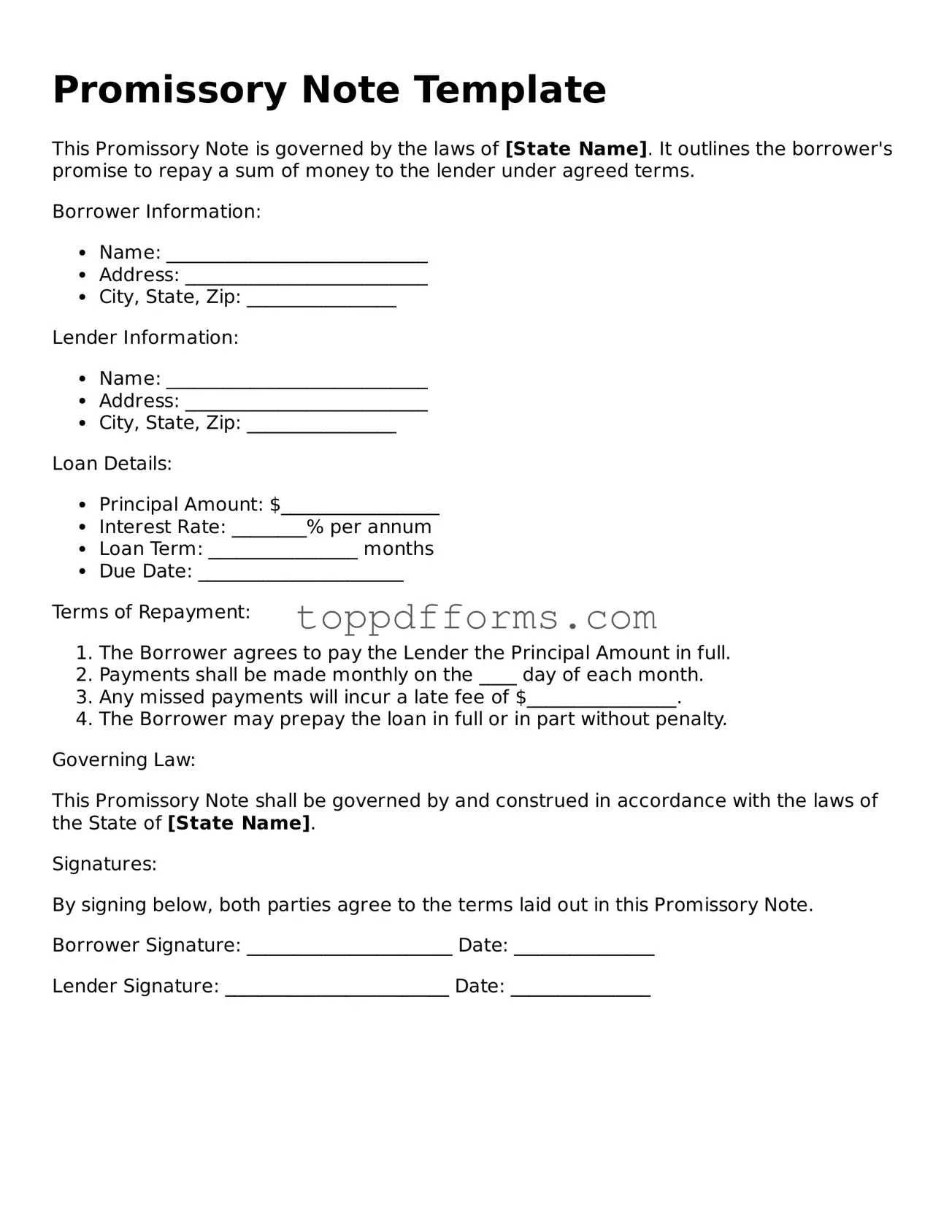What is a Promissory Note?
A promissory note is a written promise to pay a specific amount of money to a designated person or entity at a specified time or on demand. It outlines the terms of the loan, including the principal amount, interest rate, repayment schedule, and any penalties for late payments. This document serves as a legal agreement between the borrower and the lender, providing clarity and security for both parties involved in the transaction.
What information should be included in a Promissory Note?
A promissory note should include several key pieces of information. First, it should identify the borrower and lender, including their names and contact details. Next, it must specify the loan amount, interest rate, and repayment terms. Additionally, the note should outline any collateral securing the loan, if applicable. Finally, it is important to include a date and signatures from both parties to validate the agreement.
Is a Promissory Note legally binding?
Yes, a promissory note is legally binding as long as it meets certain requirements. Both parties must agree to the terms, and the document must be signed by the borrower. It is important to note that the enforceability of the note can depend on state laws and whether the terms are clear and fair. If disputes arise, the note can be presented in court as evidence of the agreement.
Can a Promissory Note be modified after it is signed?
Yes, a promissory note can be modified after it is signed, but both parties must agree to the changes. Any modifications should be documented in writing and signed by both the borrower and lender. This helps ensure that the new terms are clear and legally enforceable. It is advisable to keep a copy of the original note along with any amendments for record-keeping purposes.
